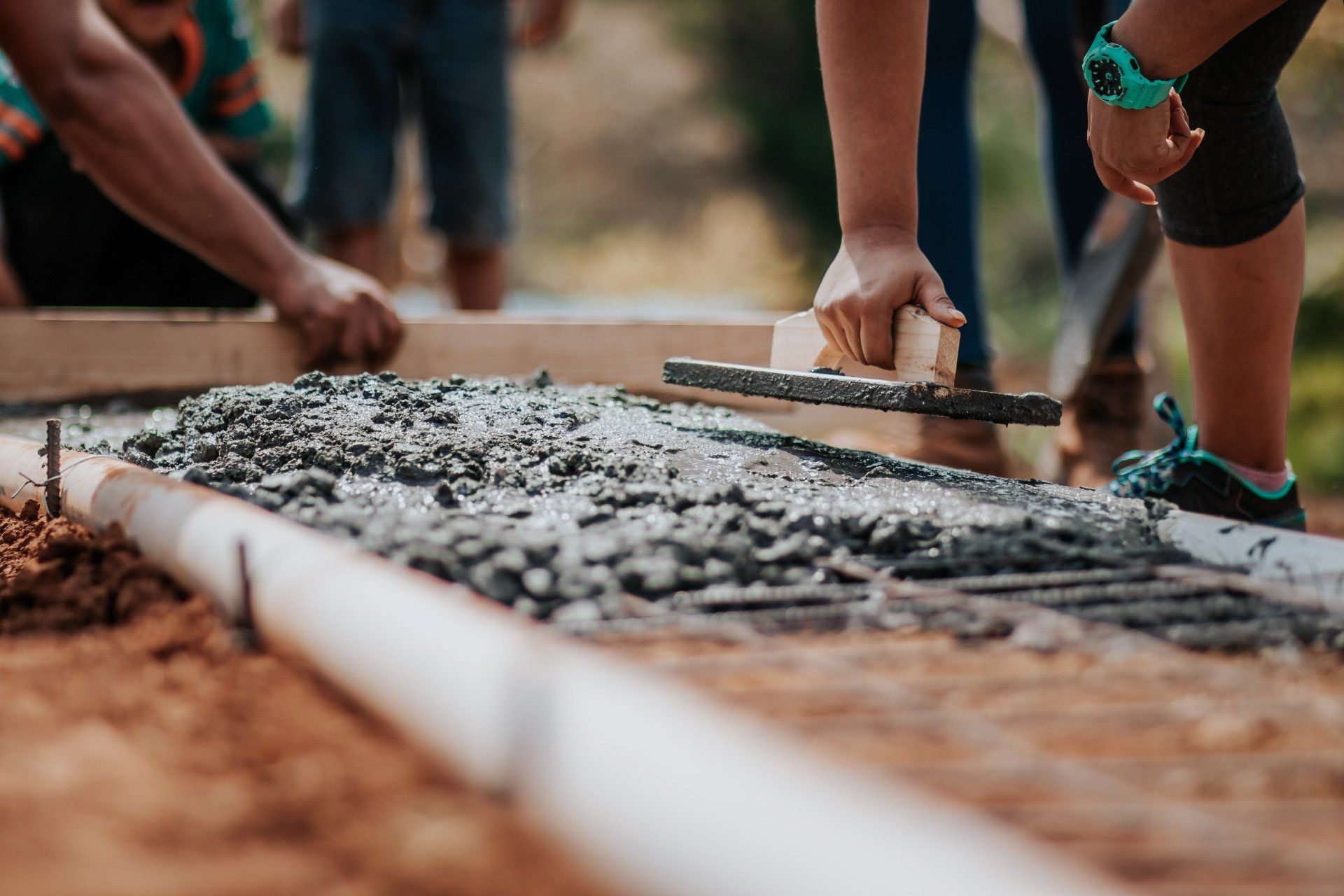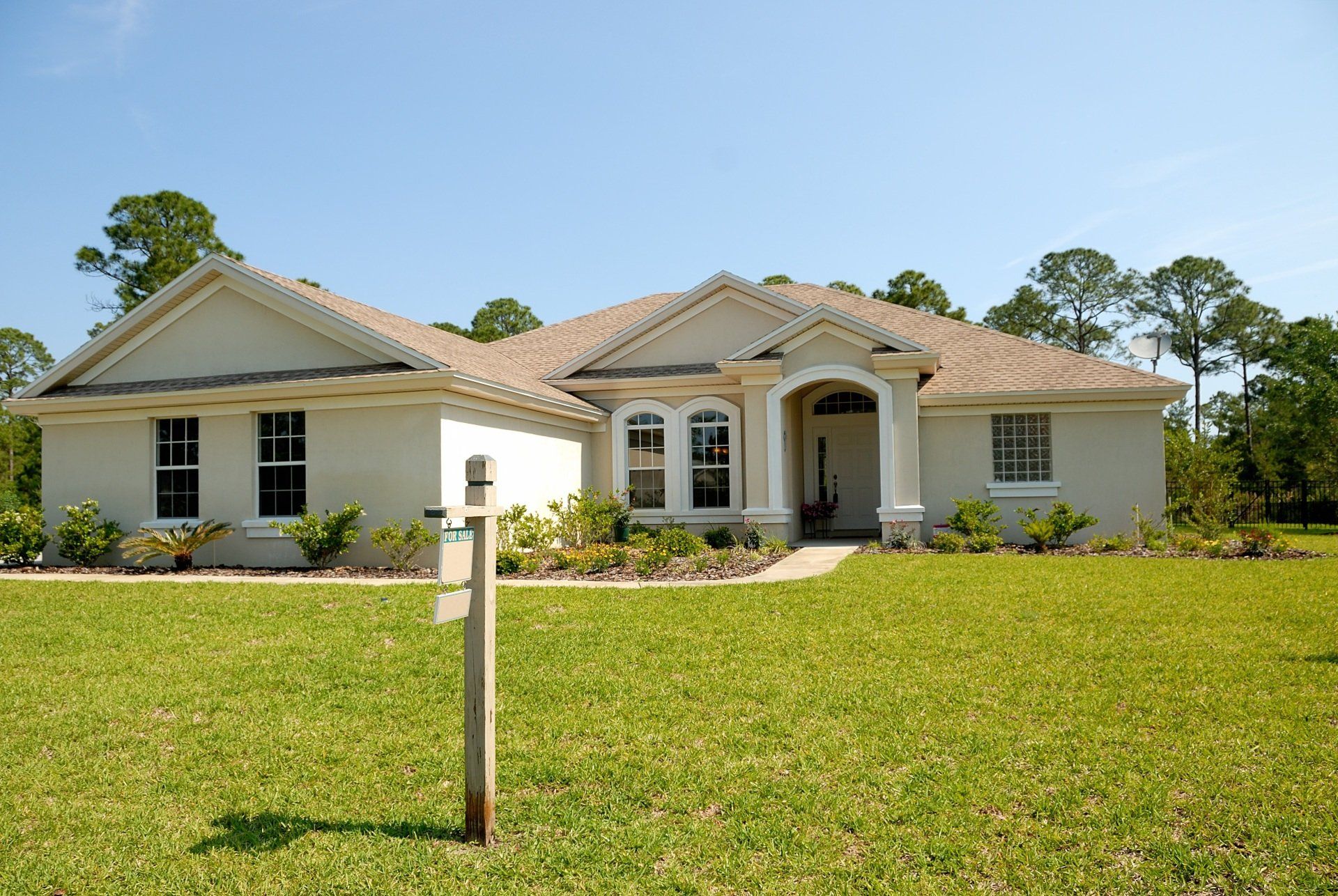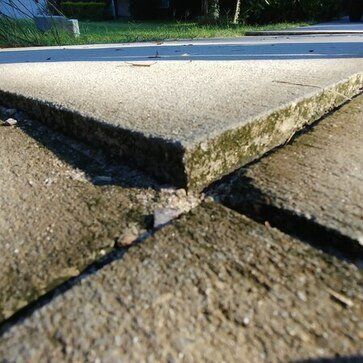Is Pier and Beam Right for Your Home? A Comprehensive Guide
Understanding the Essentials of Pier and Beam Foundations for Long-lasting Home Stability
When it comes to choosing the right foundation for your home, pier and beam setups are often touted for their numerous benefits, particularly in specific geographical areas prone to soil variation. This guide delves deep into what a pier and beam foundation is, its benefits, typical repair needs, and associated costs, helping homeowners make informed decisions about their home's foundational structure.

What is a Pier and Beam Foundation?
A pier and beam foundation, unlike traditional slab-on-grade foundations, consists of piers (made of wood, steel, or concrete) that support beams or girders that, in turn, support the floor and load-bearing walls of the house. This type of foundation creates a crawl space under the house, typically at least 18 inches in height, allowing easy access to plumbing and electrical systems.
Advantages of Choosing a Pier and Beam Foundation
Choosing a pier and beam setup for your home can offer several significant advantages:
- Improved Air Circulation: The crawl space allows better air circulation under the house, which can help prevent the accumulation of moisture that could otherwise lead to mold and wood rot.
- Ease of Access for Repairs: With a pier and beam house, accessing plumbing and electrical systems for repairs or upgrades is considerably easier and less costly than with slab foundations.
- Flexibility in Unstable Soils: For areas with expansive clay soils or frequent soil movement, a pier and beam foundation offers better stability, reducing the risk of structural damage compared to slab foundations.
Common Issues with Pier and Beam Foundations
While pier and beam foundations offer notable benefits, they are not without their issues:
- Vulnerability to Moisture and Pests: The crawl space can attract moisture and pests if not properly maintained, which can lead to structural issues over time.
- Maintenance Requirements: Regular inspections and maintenance are required to ensure the health of the foundation, including managing moisture levels and inspecting for pest invasions or wood rot.
Fixing Pier and Beam Foundation Issues
Repairing a pier and beam foundation can vary widely in scope and cost. Common repairs include leveling the house by adjusting the piers, replacing damaged wooden beams or joists, and addressing any issues in the crawl space, such as excess moisture or pest infestations.
Cost to Fix Pier and Beam Foundation
The cost of pier and beam foundation repair can vary based on the extent of the damage and the specific repairs needed. Simple repairs like minor shimming or joist replacement might cost a few thousand dollars, while more extensive leveling and structural repairs could be significantly higher. It's wise for homeowners to get multiple quotes and consult with professionals who specialize in pier and beam foundation repair near them to get a clear understanding of potential costs.
Choosing a Contractor for Pier and Beam Repair
When it comes time to choose a contractor for pier and beam foundation repair, it’s crucial to select someone with specific experience in pier and beam systems. Look for contractors with positive reviews and those who offer detailed, transparent quotes explaining the work needed and the associated costs.
Is a Pier and Beam Foundation Right for Your Home?
Deciding if a pier and beam foundation is right for your home depends on several factors:
- Geographical Location: In areas with expansive soils, a pier and beam foundation might be preferable due to its flexibility and reduced risk of damage.
- Accessibility Needs: For homeowners who anticipate needing frequent access to plumbing or electrical systems, the crawl space provided by a pier and beam setup can be a significant advantage.
- Budget for Maintenance: Homeowners must be prepared for the ongoing maintenance requirements of a pier and beam foundation, including moisture control and periodic leveling.
Long-Term Advantages of Pier and Beam Foundations
Beyond immediate benefits like accessibility and adaptability, pier and beam foundations offer long-term advantages that can significantly impact the longevity and resilience of your home:
- Earthquake Resilience: Due to their structural independence and flexibility, pier and beam foundations can better absorb seismic activities compared to rigid slab foundations, potentially reducing damage during earthquakes.
- Prevention of Flood Damage: Homes with pier and beam foundations are elevated off the ground, which provides a natural defense against minor flooding—a crucial advantage in flood-prone areas.
Maintenance Tips for Pier and Beam Foundations
To ensure the longevity and structural integrity of a pier and beam foundation, regular maintenance is essential. Homeowners should consider the following maintenance tips:
- Regular Moisture Checks: Inspect the crawl space regularly for any signs of moisture accumulation. Installing vapor barriers and ensuring proper ventilation can help manage moisture levels effectively.
- Pest Control: Regularly treat the area for pests and inspect for any signs of infestation. Quick action can prevent severe damage to wooden components.
- Structural Inspections: It’s advisable to schedule annual inspections with a foundation specialist who can identify and address minor issues before they escalate into major repairs.
Assessing Suitability for Different House Designs and Climates
When considering a pier and beam foundation, it's important to assess its suitability based on your house design and local climate:
- House Design: Pier and beam foundations are particularly suitable for homes with wooden structures. They can also be adapted for modular homes, which may require special considerations for foundation stability.
- Climate Considerations: In colder climates, the crawl space of a pier and beam foundation needs to be insulated to prevent freezing pipes and maintain energy efficiency. Conversely, in very hot and humid regions, extra measures should be taken to ensure adequate ventilation to prevent moisture buildup.
How to Decide If Pier and Beam Is Right for You
Making a decision on the right type of foundation involves evaluating several factors:
- Future Flexibility: If you anticipate future expansions or modifications to your home, a pier and beam foundation offers more flexibility than a slab foundation.
- Heritage or Older Homes: For those owning heritage homes, pier and beam is often the go-to choice as it matches the original building techniques and allows for easier retrofitting and repairs.
- Initial Cost vs. Long-Term Savings: While the initial installation cost of a pier and beam foundation might be higher than a slab foundation, the long-term savings from reduced repair costs and enhanced resilience can be substantial.
Conclusion
Choosing the right foundation for your home is a decision that affects both the immediate usability and long-term value of your property. Pier and beam foundations, with their unique set of advantages and considerations, offer a compelling choice for many homeowners, particularly those in environmentally challenging or geographically active areas. By understanding both the practical implications and maintenance needs, you can make a well-informed decision that ensures the safety, comfort, and durability of your home.



